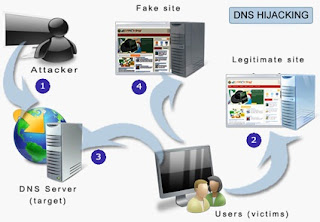
Remove Useless software and apps : We often install many unnecessary application and later forget to uninstall them These application becomes burden in our computer and eventually slow down our computers So at first you need to delete all this unnecessary application and software To uninstall the software you should go to Control Panel->Add or remove->find and select the software you would like to uninstall.
Utilize your RAM performance : A lot of you may have these setting already set. But If you don’t have then don’t worry. You just have to follow the process. Right click on My computer->Properties->Advanced system settings->Setting(Under Performance)->Advanced->Change(Under Virtual Memory). Now double the number in Maximum size then the number initial size. It will surely help your PC to utilize the most of RAM.
Check for errors : Our computers face errors very oftenly in daily use and some errors stuck to our computer hard disk which makes our computer slow. So its very important to kill those errors to make our computer work better. Go to My computer and press enter .Our main hard disk is usually C: and we need this drive to be free from error So right click on Hard disk C and then click tools Then from the Error-Checking option click You may need to restart the computer to do so It will make your computer Faster.
Desktop-cleaning : We often keep unnecessary file in our desktop but it actually affects the performance of our computer. Delete the useless files or another choice is to move them to Local disk if necessary. You should only keep shortcuts in your Desktop only if you needed. If we keep Wallpapers on our desktop it also effect slightly to slow down our computer a blank screen is always better remove temporary internet files and cache from your web browser Browsing internet slow down our computer You need to clean these temporary files and cookies to make your computer stay clean and faster. There are a no. of software available today in the market which can do the task for you. You can use Ccleaner for this purpose which is a very trusted software. To proceed to the official website to download Click here
Disk Defragmentation : We should defragment our disk to make our PC faster. For deframentation process, just follow the same steps given below. Locate Hard disk C then click properties then click tools and then click defragment Now from the option Disk defragmentation.
Use a Trusted antivirus : he last but not the least tip is to use a reliable trusted antivirus which will protect your PC from harmful antivirus. Kaspersky and AVG are some of the trusted antivirus but you have to pay to use them. If you don’t wish to pay some money then you can also download free Microsoft security essential to save your computer from harmful Malware and spywares. Check the link here





































